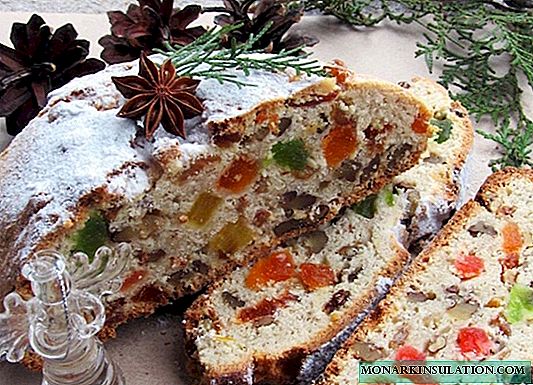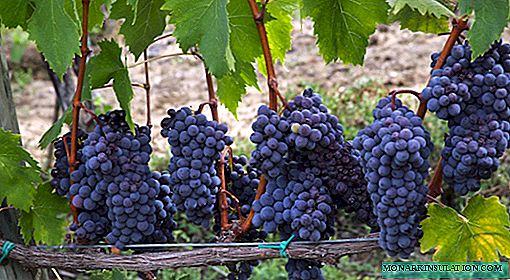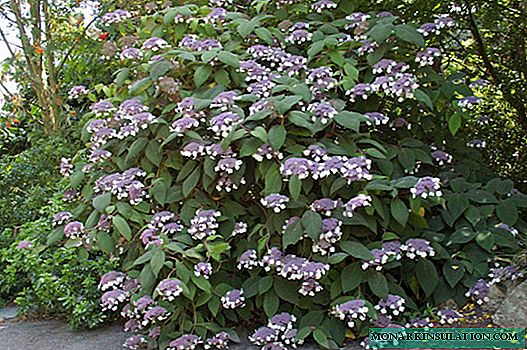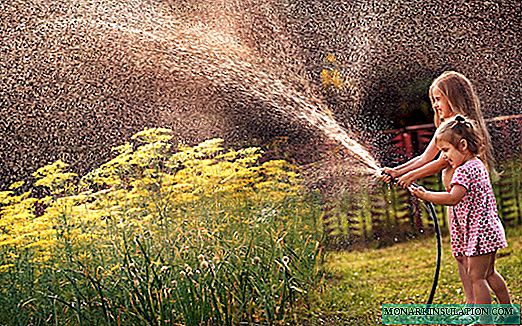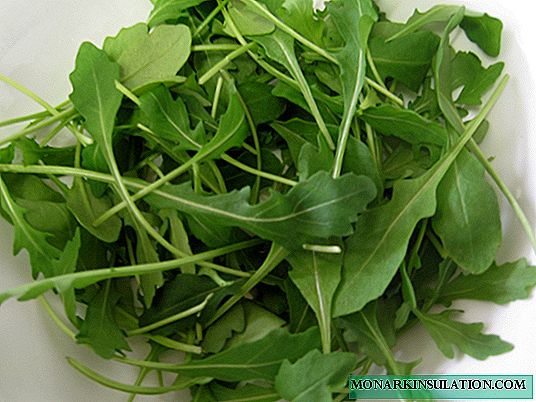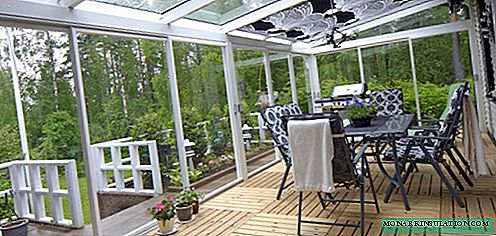
If we proceed from the very concept of "terrace", which means an outdoor recreation area, standing on the foundation or on the roof of the lower floor in multi-tiered cottages, then such a building does not have walls at all. It was originally conceived as a paved area where you can place sun loungers, light furniture and relax in the sun. Such are the terraces in European countries, where the climate is milder than the Russian one. The maximum that is added to the structure is the roof and railings such as railings for high areas (so as not to accidentally tumble from the terrace). But when the fashion for this decorative building came to our country, then people were faced with the problem of strong winds, blowing snow on the site in winter. And the question arose of whether it is possible to somehow come up with a glazing of the terrace in the country to protect against rainfall.
What are you going to glass: a veranda or a terrace?
As soon as the owners began to look for glazing methods for their relaxation area, there was a mess in two types of buildings, i.e. the concepts of "veranda" and "terrace" were mixed. According to SNiP, only the veranda has walls glazed on several sides, because it should not only serve as a resting place for the owners, but also protect the house from direct cold from the street. If you glaze your terrace with stationary materials that you do not plan to clean in the summer (for example, with PVC windows), then it will automatically go into the status of the veranda. So, you need to look for a suitable glazing option in the articles on the construction of verandas.

The terrace was conceived as a building without walls
We will consider ways to partially glaze the terrace in the country for decorative purposes or to make sliding glazing, which will be installed only for the winter period.
Sliding structures: options for glazing terraces
Method # 1 - glazing with aluminum frames
Since the terrace is not intended for year-round use, in winter it will be cold without heating. To close the site from rain, you can use aluminum sliding frames with a cold profile. It is called cold, since there is no so-called thermal break, which makes the structure more airtight. Warm aluminum profiles carry out glazing of winter gardens and terraces, where they plan to install heating devices.

In the summer, you can fully open the terrace by sliding aluminum frames into a corner
Aluminum frames are convenient in that they can glaze both part of the terrace (on the most windy side) and the entire perimeter. At the same time, during the summer period the whole system is shifted by one angle, and the site again becomes open.
You can choose such a glazing by the opening method that is most beneficial for your veranda.
- Sliding frames. They are mounted on parallel guides, so they drive like doors in commander cabinets, stopping by one after another. Plus, this design saves space occupied by swing doors. In this case, you will not open anything, but simply slide one leaf after another. But with such glazing in the summer, you will not be able to fully open the wall, because the glass from the frames cannot be removed and can simply be shifted to one side. This glazing system is not tight, therefore, for winter gardens where the greenhouse effect is needed, it will not work.
- Folding frames. The second version of aluminum glazing is folding frames, which are also called "accordions". You will hide such walls in the very corner of the terrace in the summer. The mechanism connecting the sashes allows them to be put in a "pile", close to each other, like an accordion. In this case, you only need to leave one corner free, where all the glass doors will hide. True, from there you will not be able to observe the natural landscape, because the assembled structure will close the review. For "accordions" not only aluminum profiles are used, but also plastic ones. But for terraces where full-wall glazing is required, it is better to buy aluminum, because it is more rigid and holds heavy glass more reliably.

Sliding frames are mounted on rails, and in summer they can be moved one way

The accordion system allows you to assemble all the glazing in a corner where the wings do not bother anyone
Aluminum frames give great scope for creativity, if they combine tinted and transparent glass. There are also mirror-tinted ones that will reflect winter nature pictures in the glass of the terrace in winter. Instead of glass, you can insert transparent polycarbonate.
Method # 2 - frameless glazing
This is the closest option to the terrace, because there are no frames and vertical racks between the windows, which makes the building open even in winter.

Glasses without frames look invisible even when closed

Frameless glazing allows you to close the terrace both from the front side and around the perimeter.
Special glazed glass is used for glazing, so you won’t have to worry about the fragility of the structure. A rail system is installed around the entire upper and lower edge of the open opening, along which the glass sheets will move. In summer, the whole structure moves to one corner and folds into a book.
An example of glazing using the frameless method:
Partial Glazing Options
If the terrace is used mainly in the summer (for example, in the country), then there is no sense in completely closing it for the winter. Summer residents rarely come at this time, so it will not cover it with snow or not - it does not matter to you. Once a month you can come and clear. But to create protection from the windy side, perhaps, is worth it. Then you can relax on the terrace in bad weather without fear of getting wet in a slanting rain.

By closing the end walls with glass, you will get rid of drafts
The most profitable option is to close the end walls with glass if the terrace is rectangular. To do this, you can use wooden windows, which in the house you replaced with more modern ones. To the waist, expel the wall with brick or sew up with clapboard, and above - insert windows. In this case, the glazing for the summer is not removed and will serve as an additional element in the design of the terrace.

The facade wall of the terrace should be glazed, if it is the north side
If the platform is round, it is more convenient to glaze it with polycarbonate inserted in aluminum rails. Such a system will repeat the bends of the site, which cannot be said about the wooden frame.

If you still decide to leave the terrace open, then you can make a fence of glass
And yet, before glazing the terrace, think: is it necessary? If it is completely closed for the winter, then where is the guarantee that the corners will not freeze? It is better in this case to create a veranda with insulated floors and other elements.



